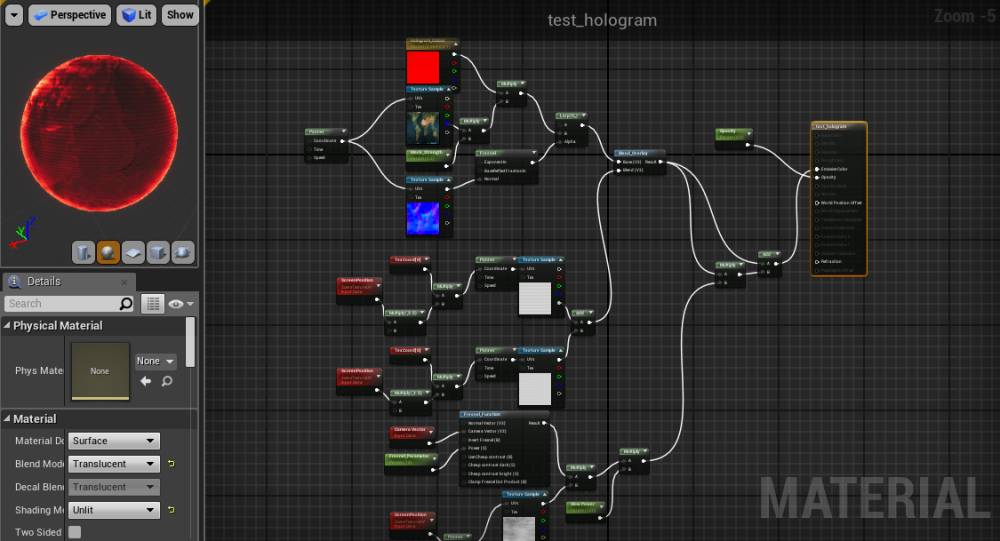Aftermath Bootcamp Project
For this project, we were required, in addition to establishing the basics of an iterative, modular workflow, to create and moderate a simple environment in Unreal Engine to familiarise ourselves with the basics of our future Studio project.
.exe
The modular workflow for environment modelling and construction is to maximise usability of minimum amounts of assets and textures. This pipeline relies heavily on working in iterations and prefabrication options so that a variety of ideas can be explored before the final construction during level assembly (Mader, 2005).
Much of this workflow is dedicated to pre-production, with categories of textures and assets decided during this stage. This is to ensure that pieces can be repeated and prevents errors further on in the pipeline.
Pieces of the pre-fab kit are regularly exported to the editor early on in the workflow, before texturing etc., to ensure aspects such as composition, overall form, ease of use and repetition comply to the project brief (Klafke, n.d.). These pieces consist of modular assets that can be repeated and may be accompanied by accessory or “hero” assets later on in the pipeline.
For ease of use, projects must adhere to a specified file structure. For this Bootcamp project, we adhered to the following:
-
- _FBX Exports
- _Modular Kit Working
- _References
- Pureref File
- Other images as required
- _Textures
- Working
- Finished
- _UE4 Project
The master material technique allows the “master” shader to cover a variety of shader attributes (most commonly normal, albedo, ambient occlusion, metalness, roughness, and allows the user to swap out maps in material instances rather than recreating similar materials everytime a new one is required.

Example of a master material and common shader attributes.
In complex projects, a number of master shaders may need to be created for materials instances needing new functions.

Additional master material for more complex objects.
Albedo, more commonly referred to as a colour or diffuse map, defines the colour of diffused light, and is commonly paired with an ambient occulsion map (Wilson, 2015) (which dictates the intensity of light shining on a particular surface).
Normal mapping is almost universal in the 3D modelling scene, particularly for projects made specifically for game engines. Rather than relying on a high-poly count for resolution, normal map creates the illusion of extra detail on the surface of an object. The surface normals provide the application with shading information conveyed using RBG information (Pluralsight, 2014).
In addition to the most common shader attributes, I incorporated an emissive material as an alternative to area lights. Emissive materials emit light across the surface area of static geometry within the scene; which suited my current project, since the majority of the geometry within the Bootcamp scene was also static. Emmissive materials serve as an alternative to area lights, contributing to bounced light accorss the entire scene (Unity, 2017).
Works Cited
Klafke, T. (n.d.) Creating Modular Environments in UDK. Retrieved from http://www.thiagoklafke.com/modularenvironments.html
Pluralsight (2014) Eliminate Texture Confusion: Bump, Normal and Displacement Maps. Retrieved from https://www.pluralsight.com/blog/film-games/bump-normal-and-displacement-maps
Mader, P. (2005) Creating Modular Game Art For Fast Level Design. Retrieved from https://www.gamasutra.com/view/feature/130885/creating_modular_game_art_for_fast_.php
Unity (2017) Emissive Materials. Retrieved from https://unity3d.com/learn/tutorials/topics/graphics/emissive-materials
Wilson, J. (2015) Physically-Based Rendering, And You Can Too! Retrieved from https://www.marmoset.co/posts/physically-based-rendering-and-you-can-too/